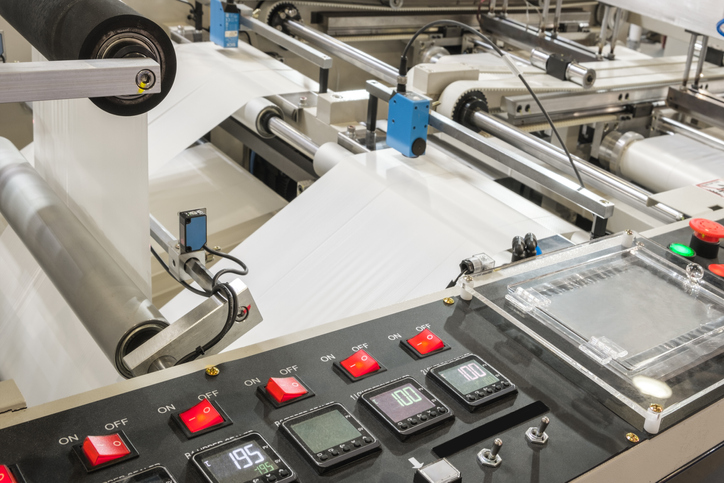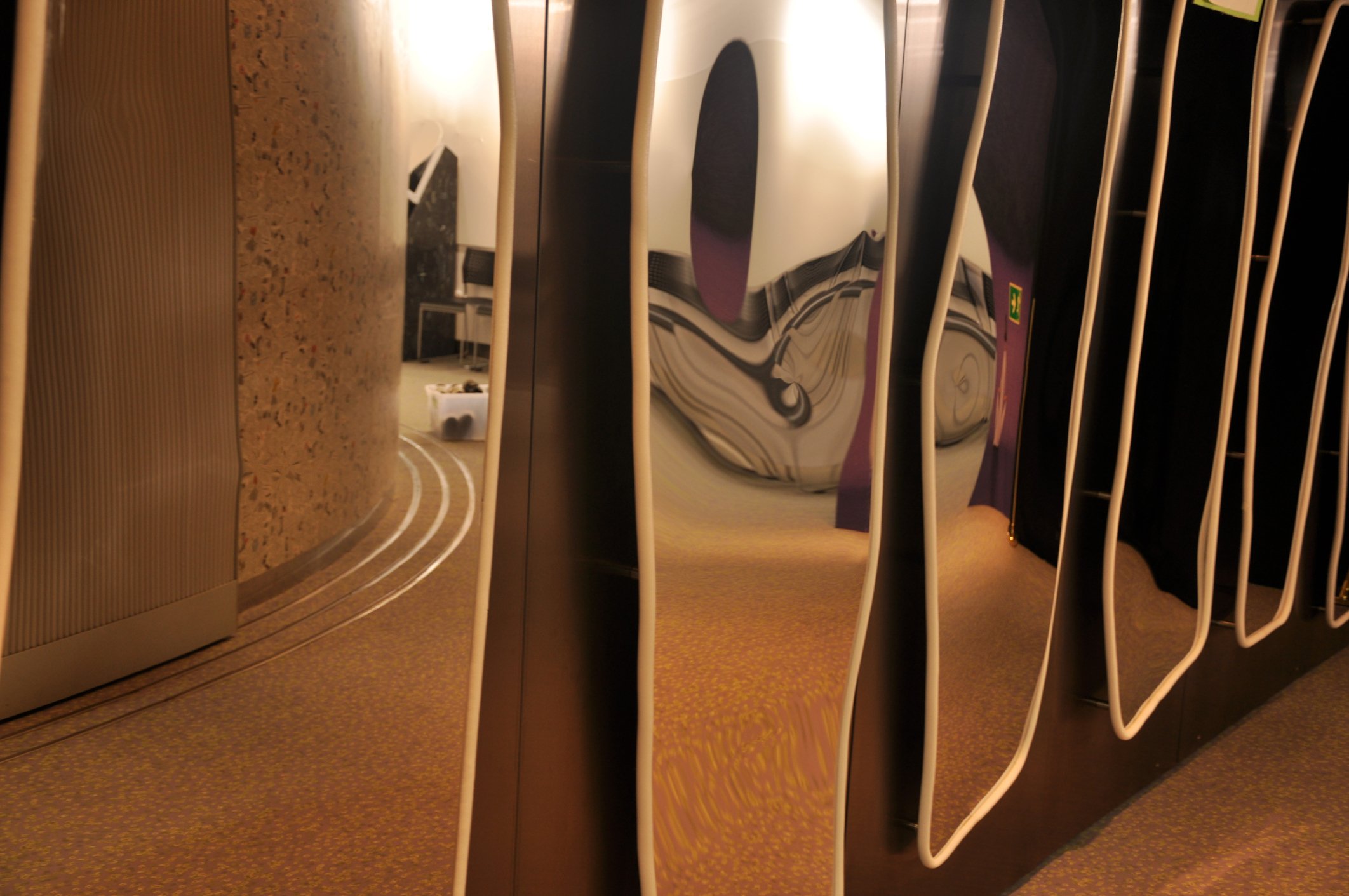Untangling Regulations: Commercial Printing Industry Standards
Commercial printing is a very complex world that involves a lot of attention to detail. A robust in-house printing system has technical requirements and necessary technology in addition to maintenance schedules, and routine system checks for quality...








